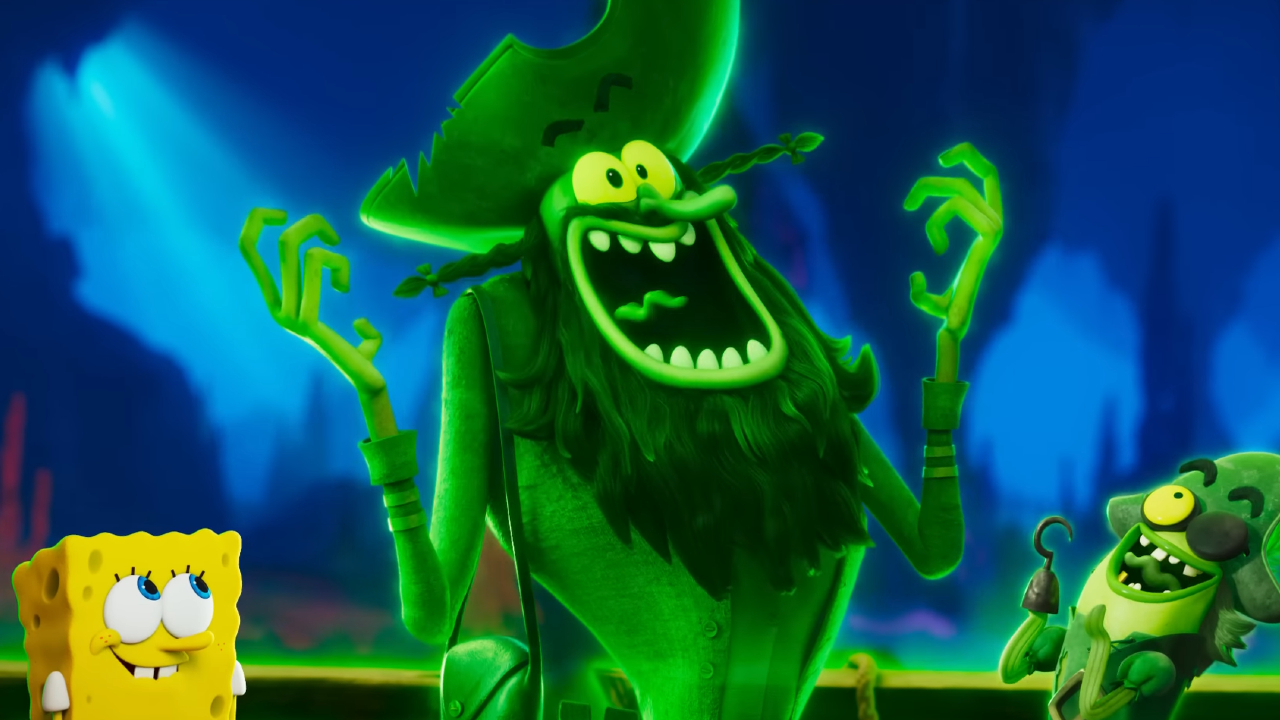It Turns Out, Games-As-Service Is Really Profitable

You may hate microtransactions, in-game app purchases, day-one DLC, season passes and loot boxes, but they're here to stay. Because no matter how much hate any one single gamer throws at these monetary mechanisms that continue to creep their way into every major title at an increasingly alarming rate, the reality is that they're really profitable for publishers.
According to a report from DFC Intelligence, focusing on games-as-a-service monetary models has helped Activision grow its market intake from $10 billion to over $60 billion since 2012. And Activision isn't the only one who has seen massive gains in recent years thanks to game-as-a-service systems. Electronic Arts saw a massive uptick from $4 billion in 2012 to $33 billion.
As noted by GameDaily.biz, the real highlight here is that companies are producing fewer boxed products while relying more on digital transactions. The article points out that EA only has seven announced boxed products set to go on sale in fiscal 2019, and four of those titles are the annual sports titles such as Madden's NFL, the FIFA series, NHL and the NBA Live series. The fifth product is BioWare's MMO-themed third-person shooter, Anthem. For this year the last big boxed product that EA will ship is Battlefield V for the Xbox One, PS4, and PC.
The article points out that services like the MUT packs, the UFC UT packs, the FUT packs and the HUT packs have all helped push massive revenue for Electronic Arts. Microtransactions and DLC packs in games like Battlefield and Star Wars: Battlefront, as well as expansions for The Sims 4, have also all contributed to $2 billion in revenue throughout the last fiscal year for EA. So basically, the company is making billions of dollars just selling skins, card packs and DLC.
This is all in compensation for a drop in sales of physical releases (which were down by 17% last year) and an increase in digital revenue from microtransactions or live services (which were up by 31% last year).
As pointed out in the article, the revenue and profits are just too much for most AAA publishers to pass up, which is why we're seeing more games including DLC and mictrotransactions right out of the gate while AAA boxed products continue to dwindle in market presence. This tactic worked well at first for many mobile games just until over-saturation took hold of the mobile market, forcing a lot of studios to either fight for the top spots on the app charts or fold up.
We'll see how this further affects the mainstream gaming industry over the next few years as we watch more live-services taking hold while traditional physical releases continue to become rarities on the market.
Your Daily Blend of Entertainment News
This will all be especially interesting when the next generation of home consoles arrive, because it's going to be difficult getting people to move to the next gen of hardware by promising more microtransactions in games that are several years old. We could, however, see more remastered games with updated cash shops making their presence known, similar to what Rockstar did moving GTA V from the Xbox 360 and PS3 over to the Xbox One and PS4.
Staff Writer at CinemaBlend.

